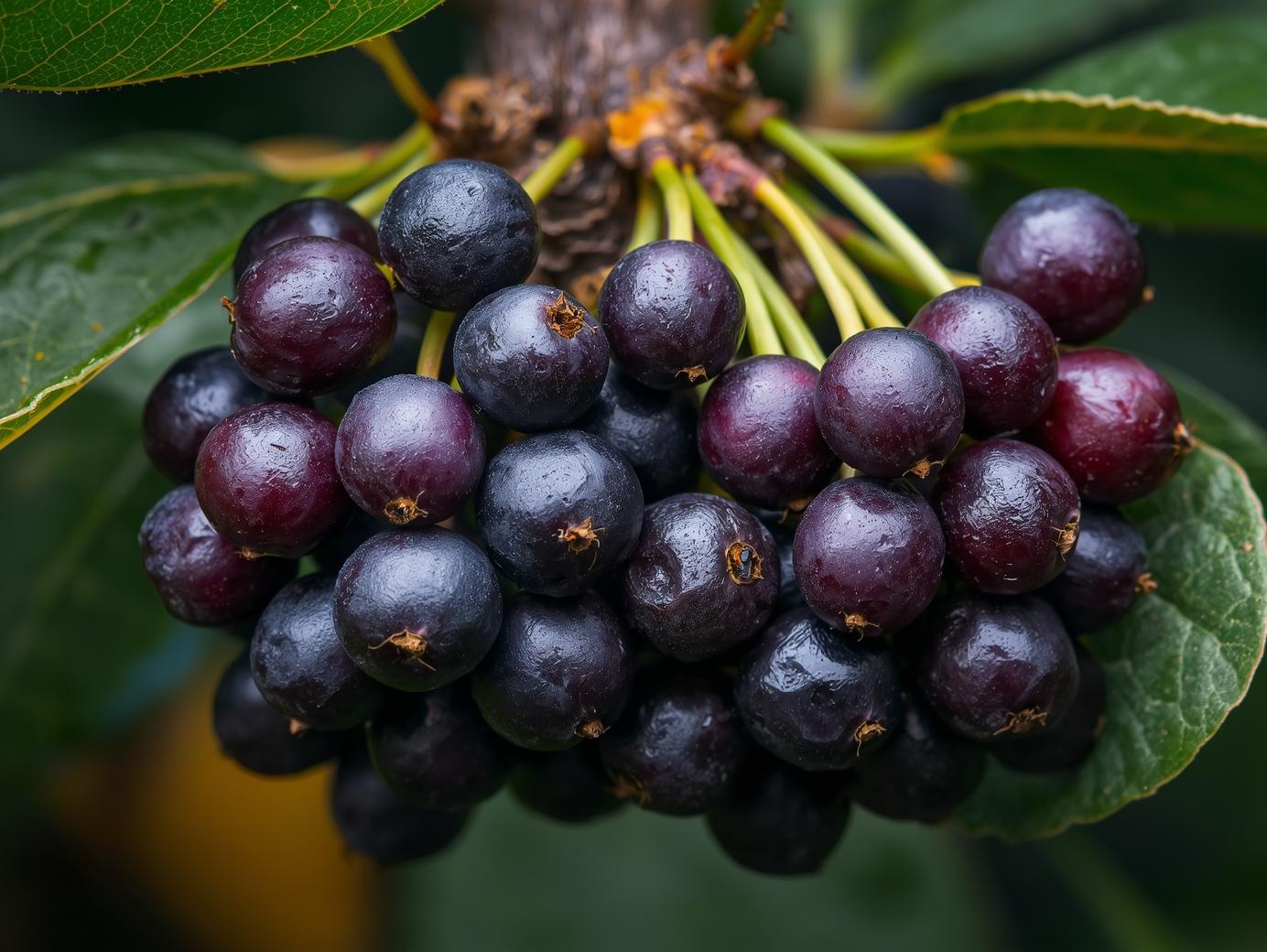The acai palm, native to the Amazon rainforest, is prized for its nutritious berries that have become a superfood worldwide. In the USA, growing acai palms in home courtyards is possible in warm climates, particularly in USDA zones 10 and above, such as Florida, southern Texas, and coastal California. With the right growing conditions, acai palms can thrive and produce clusters of rich, dark purple berries known for their antioxidant benefits.
This guide provides detailed insights into every aspect of growing acai palms at home—from soil selection to harvest—helping gardeners across the USA cultivate these exotic, health-boosting plants successfully.
Soil Selection
Acai palms prefer well-draining, sandy loam soils that retain adequate moisture while preventing waterlogging. The ideal soil pH for acai palms ranges between 5.0 and 6.5, which mimics the slightly acidic conditions of their native habitat. Fertile, aerated soil supports vigorous root growth and enhances the plant’s ability to produce fruit in later years.
In the USA, gardeners can improve less-than-ideal soil by adding organic compost, peat moss, or aged manure to increase nutrient content and drainage. Avoid compacted or clay-heavy soils that restrict root growth. Conducting a soil test before planting ensures the soil’s nutrient profile supports healthy acai development.
Site Preparation
Selecting a suitable planting site is essential for acai palms. These plants require full sunlight for most of the day but can also tolerate partial shade, particularly in extremely hot regions. The site should offer good air circulation to reduce fungal disease risks and mimic the humid, tropical environment that acai palms prefer.
Before planting, clear the area of weeds, rocks, and debris. Loosen the soil to a depth of at least 18 inches and incorporate plenty of organic matter to improve fertility. In cooler parts of the USA, acai palms can be grown in large containers or greenhouses to provide controlled warmth and humidity.
Planting
Acai palms can be propagated from seeds or seedlings, though seeds take longer to germinate. When planting, ensure the soil temperature is warm—around 75°F to 85°F—for optimal growth. Plant the seed or seedling in moist, well-draining soil, keeping the crown just above the soil surface to prevent rot.
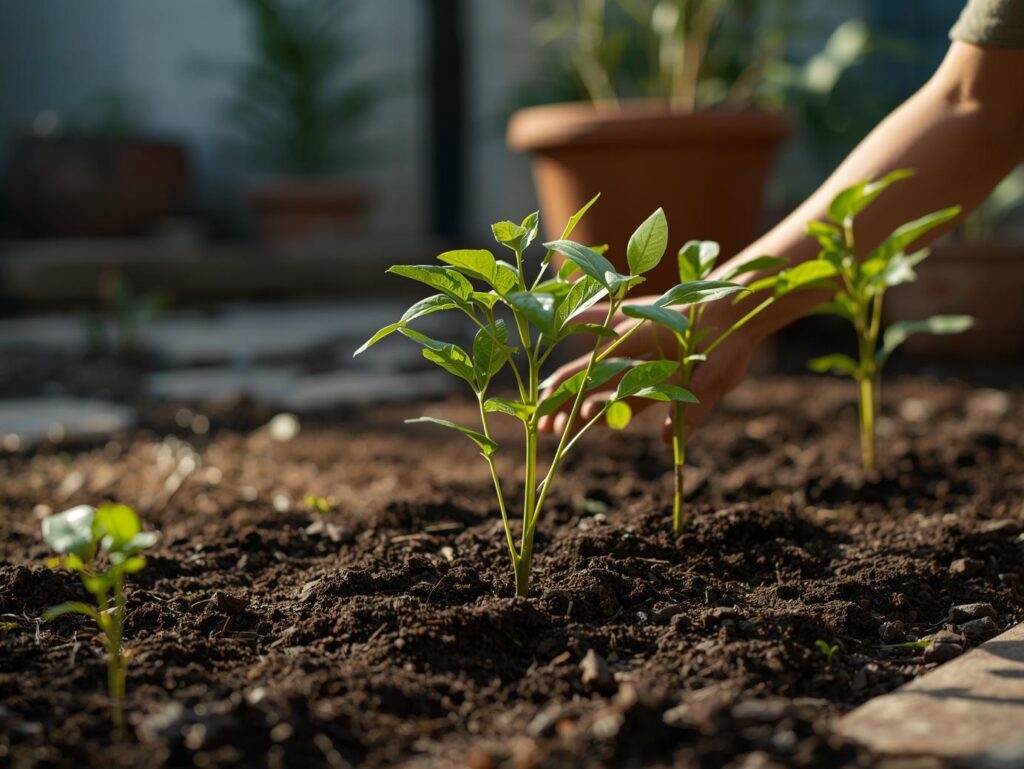
Space multiple acai palms at least 10 to 12 feet apart, as mature trees can grow tall and form clusters. Water immediately after planting to help the roots establish. If planting in containers, choose deep pots with adequate drainage holes to allow for healthy root expansion.
Watering
Consistent moisture is key to growing acai palms successfully. These plants thrive in humid conditions and should never be allowed to dry out completely. Water deeply two to three times a week, depending on local weather and soil type, to keep the soil evenly moist but not soggy.
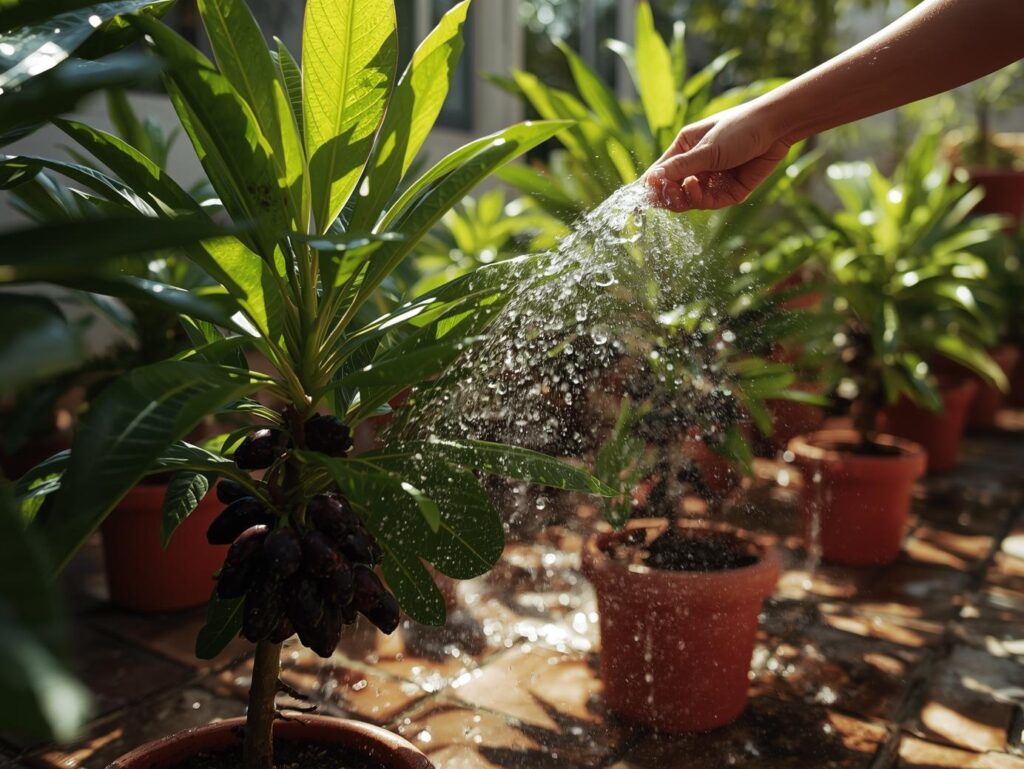
During hot summer months or dry spells, increase watering frequency to maintain proper hydration. Mulching around the base helps retain moisture, regulate soil temperature, and suppress weeds. Always use lukewarm water if possible, as cold water can shock the tropical roots of acai palms.
Fertilizing
Acai palms are heavy feeders that benefit from regular fertilization. A balanced fertilizer containing nitrogen, phosphorus, and potassium supports strong root, leaf, and fruit development. Apply fertilizer every two to three months during the growing season, reducing frequency in winter when growth slows.
Organic options like compost, fish emulsion, or seaweed extract work exceptionally well for acai palms. These natural fertilizers enrich the soil and encourage microbial activity. Avoid using high-salt chemical fertilizers, as they can damage roots and hinder nutrient absorption.
Pruning & Training
Pruning helps maintain the shape and health of acai palms, particularly when grown in smaller courtyards. Remove dead or damaged fronds regularly to promote airflow and prevent pest infestations. This also improves the plant’s appearance and reduces competition for nutrients among the shoots.
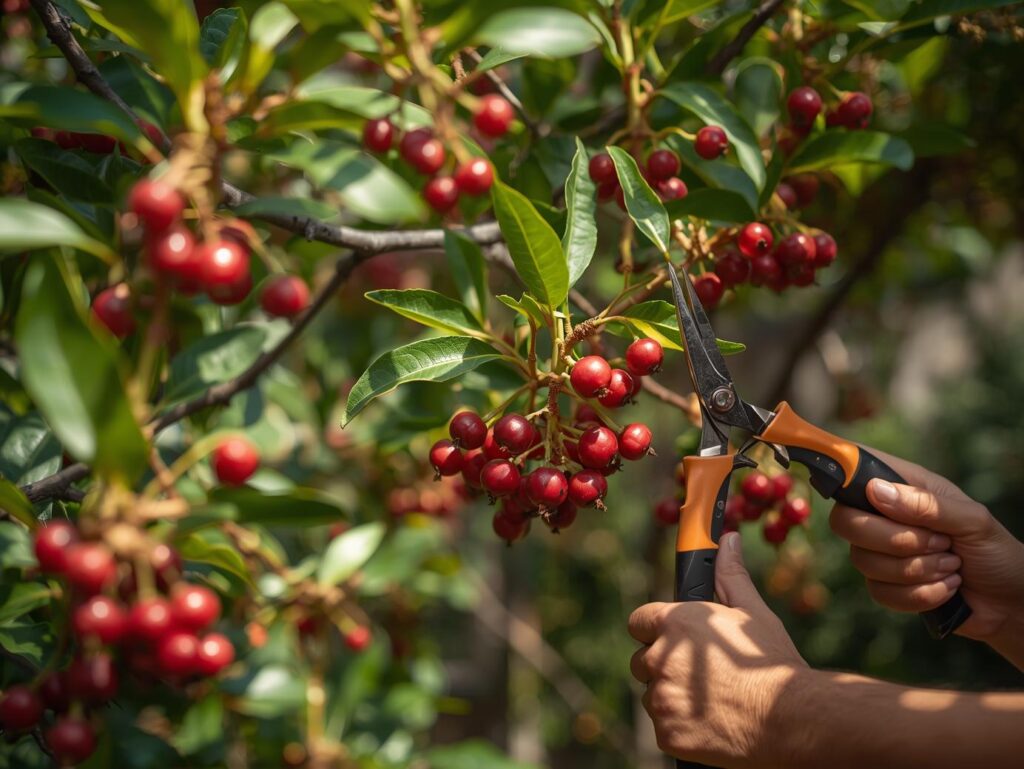
Acai palms naturally grow in clusters, and thinning out excess stems can help the primary shoots develop stronger trunks. Training is generally minimal, but keeping the area clean and free of debris ensures healthy growth and easier maintenance as the plant matures.
Pest & Disease Control
Acai palms are relatively hardy but can be affected by pests such as scale insects, aphids, and spider mites. Diseases like root rot and leaf spot may occur if the soil remains overly wet or the plant lacks proper ventilation. Monitoring your palm regularly allows early detection and prompt action.
Natural remedies like neem oil sprays or insecticidal soap can effectively control pest populations without harming the environment. Maintaining consistent watering, proper spacing, and pruning reduces stress on the plant, making it less susceptible to disease. Good garden hygiene, such as removing fallen fronds, further prevents pest buildup.
Fruiting & Harvest
Acai palms typically take three to five years to produce fruit under ideal conditions. The fruits form in large clusters and ripen to a deep purple color. Each berry contains a large seed and a thin layer of edible pulp that is rich in antioxidants, healthy fats, and vitamins.
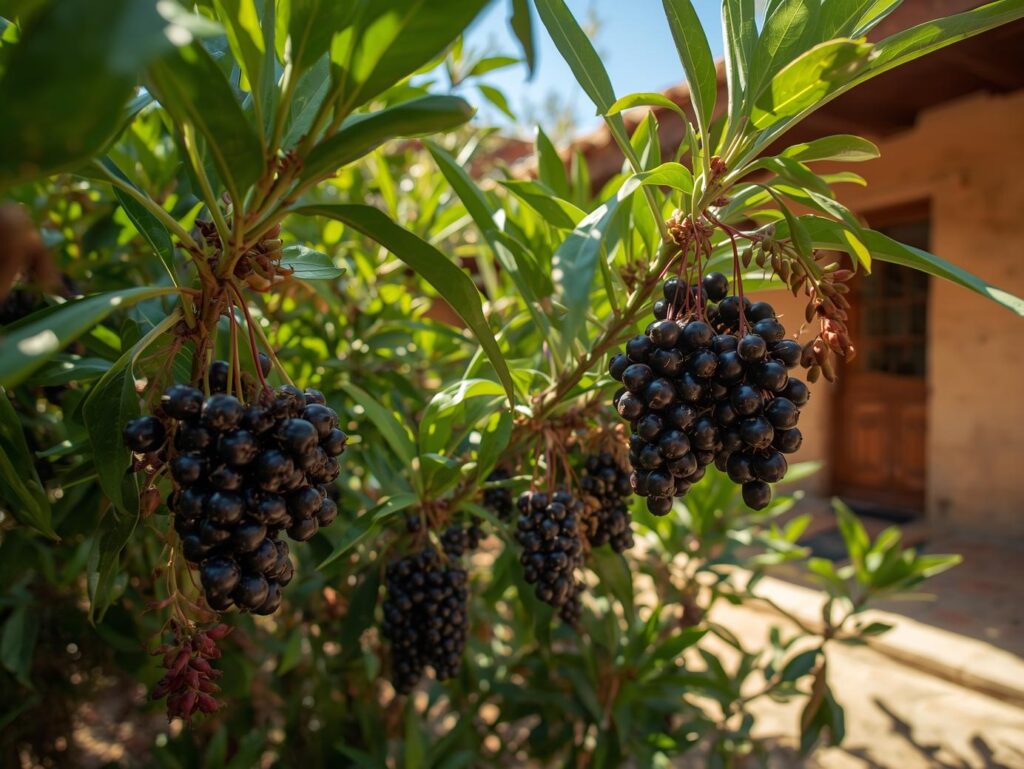
Harvest the berries when fully ripe, as they do not continue to ripen after being picked. Since acai berries are highly perishable, they should be processed or frozen soon after harvest to preserve their flavor and nutritional value. With consistent care and proper growing conditions, an acai palm can yield abundant fruit each season, providing a tropical touch to your home courtyard.
